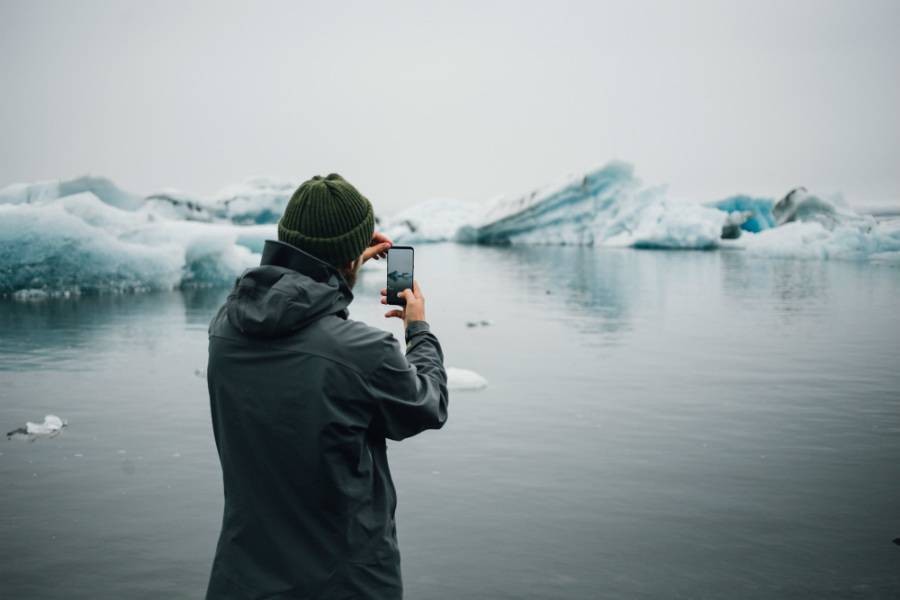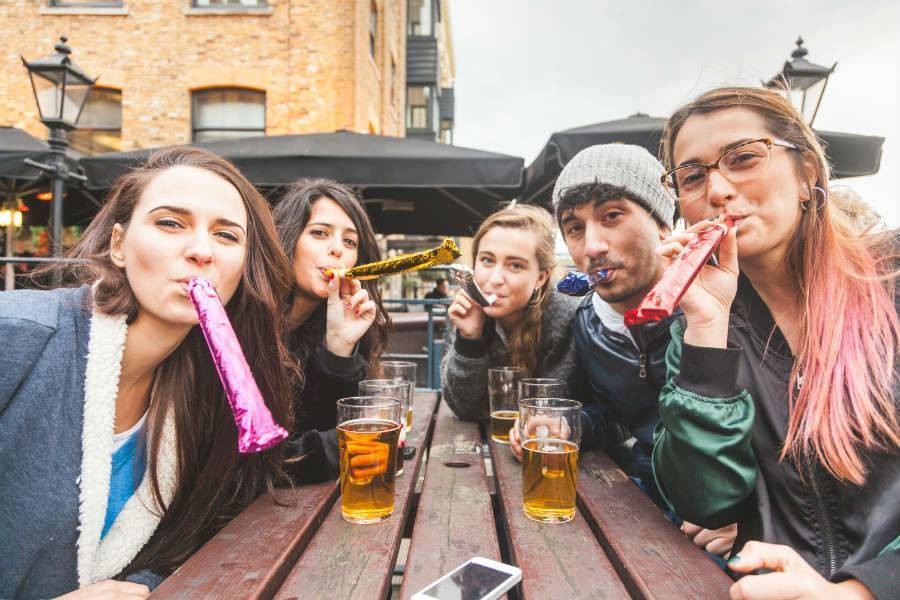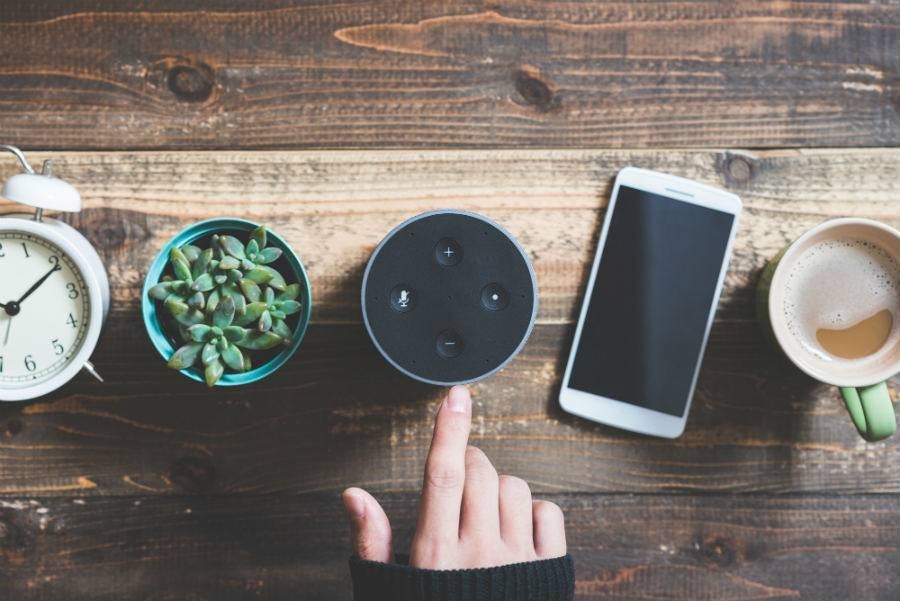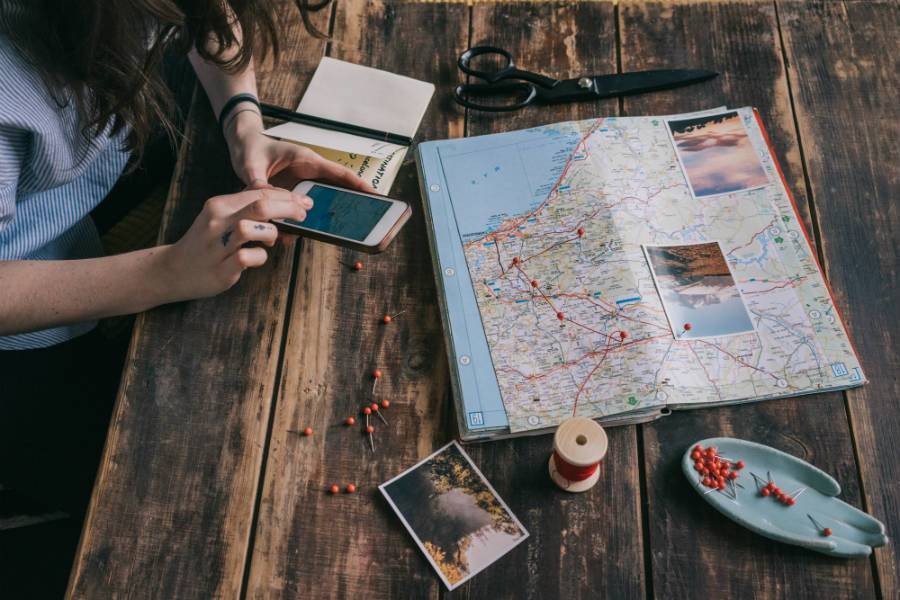Check out the newest edition for travel digital marketing.
Technology continues to transform the travel industry. Just in the last few years, travelers research, book, and experience a destination differently than before. Instead of lugging around a Lonely Planet guide book, many find inspiration on Pinterest and Instagram. Rather than call at an inconvenient hour, they book tours and activities online. And while some prefer wandering around to get to know a new place, most travelers rely on their smartphone for assistance.
Because of its quick advancement and adoption, technology is more prevalent in a traveler’s journey than ever before, and consumer behaviour has changed significantly as a result. Every step of the way, travelers have come to expect immediate support, a seamless experience, and personalized content and services. So if you want to reach, engage, and delight guests nowadays, you’ll have to consider and keep up with the latest digital marketing trends.
Last year, we explored digital marketing for tour operators and wanted to do the same for you in 2019. You’ll notice a couple of trends overlap because they’re still relevant today. But we also introduce new trends and outline how you can apply them this year.
Let’s get started with the top online marketing trends for tour operators in 2019.
1. Show up for micro-moments
According to Google, 70% of US travelers always use their smartphones while in-destination. No matter what they’re doing, or where they’re staying, their smartphone is readily on hand — to take photos, to share memories, to get news from home and especially, to avoid getting lost.
Similar to how we use a smartphone daily, travelers naturally use it to act on their traveling needs. Their mobile device is an extension of their thoughts. For example, if they’re hungry and thinking about eating, they’ll likely search for the best local restaurant and check out online reviews first. This reflexive action is otherwise known as a micro-moment.
Though Google first coined the term “micro-moment” in 2015, it’s becoming more applicable in the tours and activities sector. That’s because travelers often go through an inspiration phase before their trip and have a general idea of what they want to experience upon arrival. Most are in the let’s-book-it mindset already — which is a crucial conversion opportunity for tour and activity operators.

At this time, travelers are more loyal to their need than any particular travel brand. Whenever they think about booking, they’ll use their smartphone to find the most relevant information quickly. And since half of all bookings are made on a mobile device, you can capitalize on that micro-moment by showing up where they’re searching and providing the right details.
One way you can do that is by claiming your local listings and creating a seamless mobile booking experience. That means eliminating extra steps, ensuring fast load time with Accelerated Mobile Pages (AMP), and offering assurance. To tackle all of that at once, consider using Reserve with Google so travelers can look, book, and pay all in one convenient place.
2. Engage with video content
Video is by far the most engaging type of content right now. That’s why it made it on the list for online marketing trends again this year. Not only is it entertaining and easy for viewers to digest, but you can also use it on multiple channels, in various forms.
If you’re trying to sell tours and activities, video content is an excellent marketing tool because it transports viewers to the scene. Since many travelers want a memorable trip, watching your videos will give them a sneak peek of what your experiences entail. It’s a try-before-you-buy technique.
While you can create plenty of different videos — like vlogs, testimonials, and advertisements — there are a couple that currently outperform others and are better matched for marketing tours and activities. Let’s take a look at them.
Virtual reality
Virtual reality is likely to have a significant impact on the future of the tourism industry. Already, travel companies are integrating virtual reality into the overall experience — whether it’s to help viewers observe a destination beforehand, or to give them a unique perspective of a traditional sight during a tour.
Since 31% of travelers would book a holiday in-store after experiencing virtual reality, this type of video content is especially ideal for an adventurous activity. By covering their field of vision, viewers launch into the action, tempting themselves to have the same experience physically.

With a 360 action or VR180 camera, you can capture your experiences from the perspective of a guest and then publish on a popular video platform like Youtube. And now that VR headsets — including Google Cardboard and Oculus Rift — are widely available to the public, travelers can view them from the comfort of home, or while on the go.
You can even use virtual reality as an add-on to your tours and activities. By giving guests the option to capture their experience, they can relive that moment again and again — keeping you top of mind.
Live streaming
Live streaming is quickly outpacing other types of online video. This growth is likely because live videos are only up for a short period and most people have a fear of missing out (FOMO). So viewers are eager to tune in before it’s too late and the content disappears for good.
Facebook Live is the most-watched live streaming platform currently. Since launching in 2016, it attracts 78% of online audiences who join not only to see what’s happening but also to leave comments and get immediate replies. That’s why it’s a great marketing tool for building authenticity and active engagement.
While you can give a fascinating behind-the-scenes look with live video, it’s a good idea to use it when partnering with a travel influencer as well. At agreed upon times — whether it’s prior to the trip or during the activity — your travel influencer can broadcast their experience in real-time. That way, their community of followers can picture themselves having the same experience, and get useful answers to any questions they may have.
3. Respond with chatbots
Not many people pick up the phone nowadays — especially when it comes to the younger generations. Alongside SMS text messaging, people frequently use messaging apps like Facebook Messenger or Whatsapp — both have 1.5 billion users worldwide. That means travelers seeking more information are most likely going to contact you by sending a message rather than calling.
But unless you have staff working around the clock, it can be challenging answering every message that comes through. And travelers are impatient today. As I mentioned, they expect immediate assistance. If you don’t respond right away, they could very well turn to your competition instead.

That’s where chatbots come into play. By using complex natural language processing, chatbots intercept, interpret and reply autonomously to messages. They’re conversational, ask open-ended questions, and give choices — all instantly. So even if a traveler is in another time zone, they can get the answers they need without calling in the middle of the night, or waiting a couple of days for a response.
The best part is that chatbots are an excellent online marketing tool. Since every conversation is stored, you can get a better understanding of your guests to re-target them with curated campaigns. Or you can use chatbots in conjunction with Facebook ads. For instance, when someone clicks on an ad, you can direct them to a chatbot that acts as a landing page. It can collect information in the same way as a form, and then provide a booking link at the right moment.
4. Provide hyper-personalized experiences
If you want your tour business to stand out, it’s not enough to add a first name to an email anymore. While that’s still good practice, you can go one step further with a traveler experience strategy and omnichannel marketing. What do I mean by that?
Hyper-personalization is an advanced level of personalization in marketing that utilizes behavioural and real-time data to deliver tailored messaging and services. For instance, instead of sending a generic email, you’d create different emails to promote specific experiences you know individual recipients will be interested in.

Facebook’s recent data breach might scare you from doing this, but there are still ethical approaches to data collection. And that comes down to getting proper consent from your audience. Since the younger generation grew up in an on-demand world that anticipates their every need, you might be surprised to find that many will give up data in exchange for receiving a personal travel experience. So if that’s your target audience, hyper-personalization is something to consider.
To make hyper-personalization part of marketing tours and activities, you first need to add cookie consent to your website and then use a marketing automation tool that can track your audience across multiple channels. With that information, you can tap into the inspiration phase and reduce choice overload by providing personal recommendations. Or you can create a unique on-property experience by adding something to the tour you know a specific guest will enjoy.
5. Appeal to voice search
Though we’re not quite at the point where travelers can search and book tours and activities with their smart home speaker, it’s fair to assume that we’re not far off with the way technology is evolving. However, half of travelers already use voice search for some part of their trip — which is why you should still try to be visible and perform well for voice queries.

So how can you optimize your website for voice search?
For starters, you need to claim your Google My Business listing, as well as other local listings and keep all information up to date. Next, you should have a mobile-first website design. That’s because travelers can’t make a booking by voice command yet. So even if they find you by voice search, they’ll carry out the booking steps on mobile. Finally, it’s best to figure out the exact phrases your guests might use while searching and use these conversational keywords to build your blog content and FAQ page.
Final thoughts
While you should pay attention to these online marketing trends and test them out in 2019, it’s important to remember that digital interactions can’t replace face-to-face. Although these tactics can help bring in new guests, it’s how you treat them during the experience that truly matters in whether they’ll book with you again or recommend you to others.
Want to get more tips for marketing tours and activities, plus travel industry news?

Subscribe to the Checkfront Newsletter
Read new tips on how to get more bookings every month.



